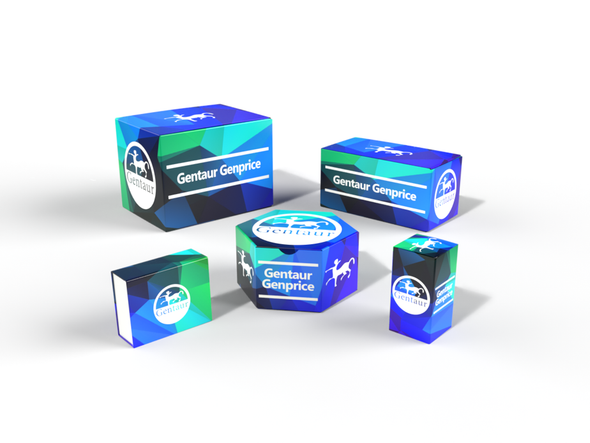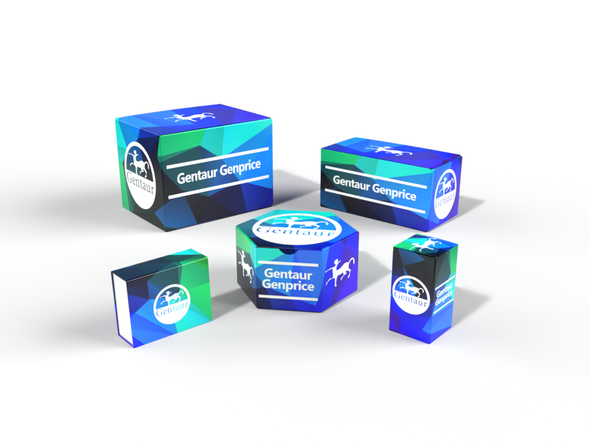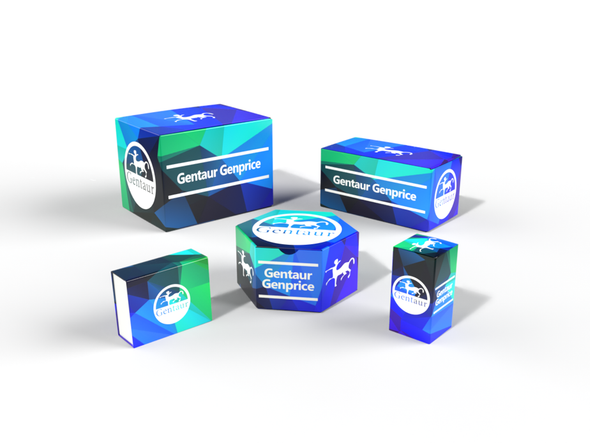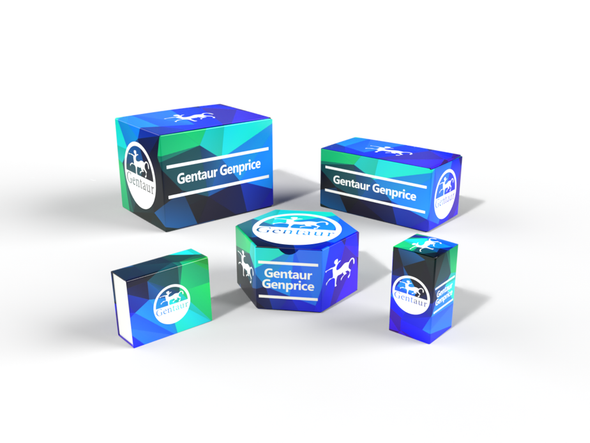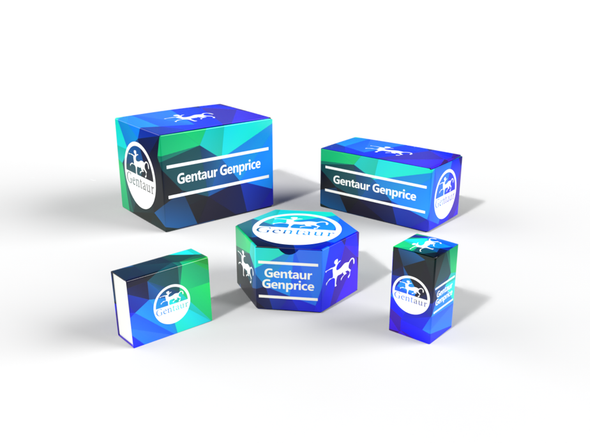552
Biotinylated Goat Anti-Human Apolipoprotein CIII | ABMC-B09
- SKU:
- 552-B09-GEN
- Availability:
- IN STOCK
Description
Biotinylated Goat Anti-Human Apolipoprotein CIII |B09
| Host Species: | Goat |
| Concentration: | 1 mg/ml (OD 1.35 / 280 nm) |
| Antigen: | Human Apolipoprotein CIII |
| Purification: | Affinity purified |
| Buffer: | 75 mM Sodium Phosphate, 75 mM NaCl, 0.5 mM EDTA, 0.02% NaN3, pH 7.2 |
| Specificity | Specifically binds to human apo CIII. Dilution for immunoblot and ELISA range: 1,000 to 40,000. |
| Use: | The antibody can be used for detection of apo CIII in plasma and lipoproteins, immunoassays, immunoblots, enzyme conjugation, or biotinylation. |
| Storage: | -20°C for long-term storage, 4°C for short- term storage. Aliquot to avoid repeated freezing and thawing. |
| Form: | Freeze dried powder |
| Stabilizer: | 10 mg / ml Bovine Serum Albumin. |
| Reconstitution and Storage: | Freeze-dried product should be stored refrigerated until opened. After opening, restore to suggested ml volume with distilled water. If it is not completely clear after standing for 1-2 hours at room temperature, centrifuge the product. It is stable for several weeks at 4°C as an undiluted liquid. Do not use for more than one day after dilution. For extended storage after reconstitution, we suggest aliquot to avoid repeated freezing and thawing; or the addition of an equal volume of glycerol to make a final glycerol concentration of 50%, followed by storage at -20°C. The concentration of protein and buffer salts will decrease to one-half of the original after the addition of glycerol. |
*These products are for research or manufacturing use only, not for use in human therapeutic or diagnostic applications.
IMPORTANCE
Apo CIII contains 79 amino acid residues. The m.w. is 8.7 kDa (Brewer et al., 1974).
It may inhibit the activation of lipoprotein lipase by apo CIII. Apo CIII is a constituent of both apoB- and apoAI-containing lipoproteins in the circulation. Apo CIII plays a pivotal role in regulating the plasma metabolism of VLDL, IDL, and LDL, primarily by inhibiting receptor-mediated uptake of these lipoproteins by the liver (Sehayek and Eisenberg 1991, Aalto-Setala et al., 1992, Zheng et al., 2007)


